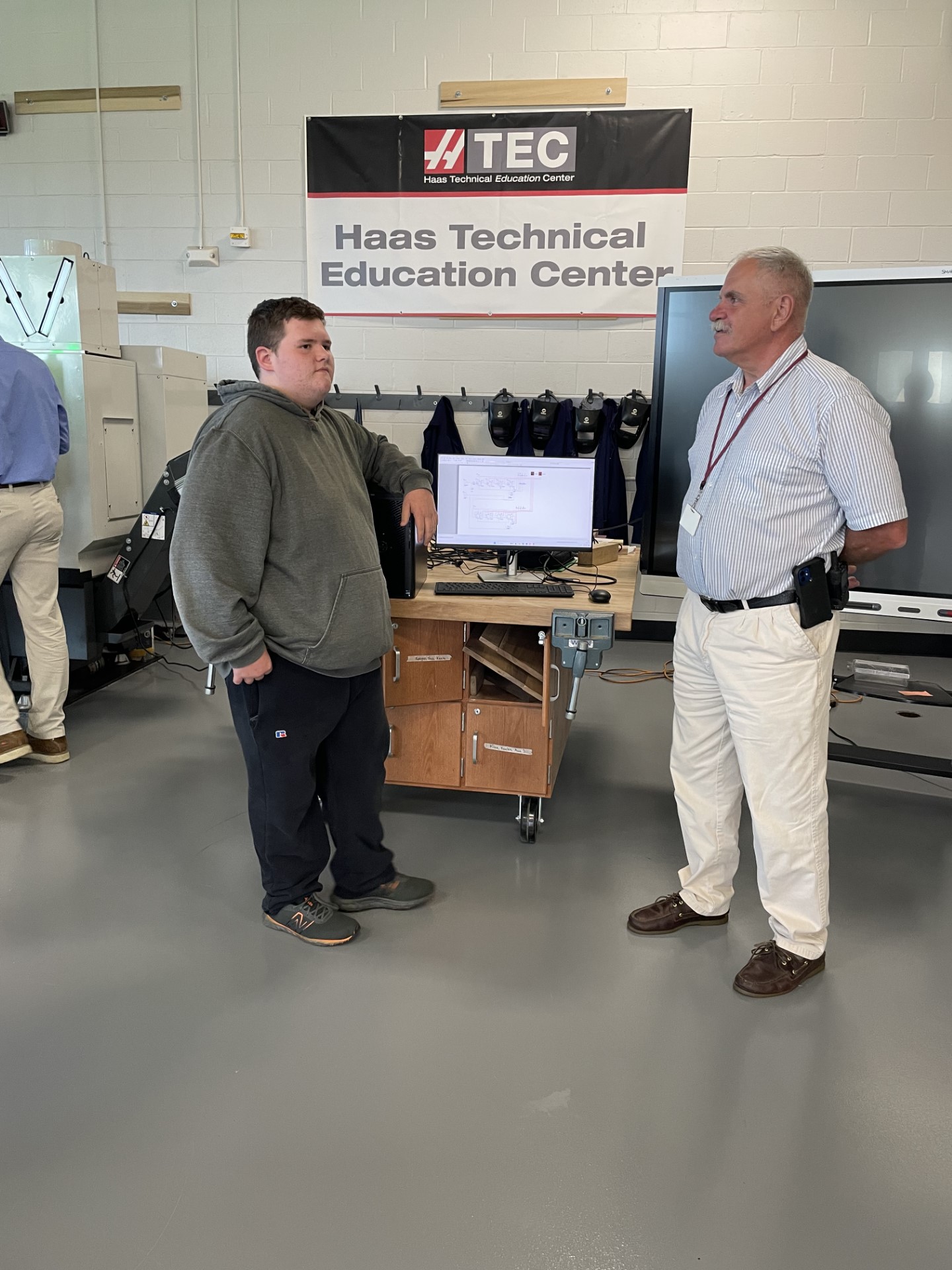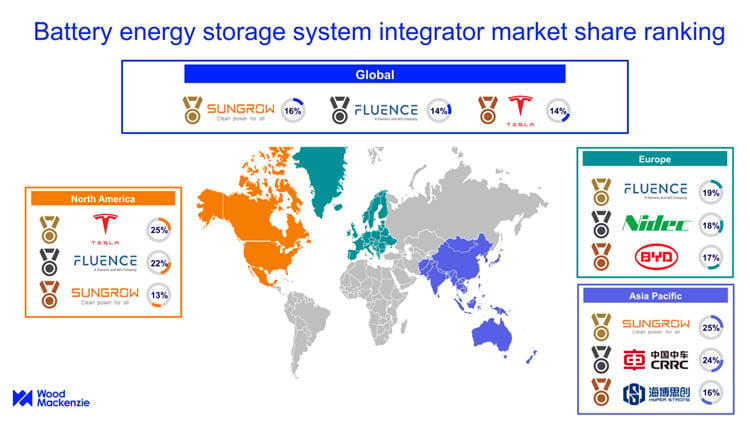Advancements in Sustainable Transportation Technology and Alignment with Global Goals
The transition from internal combustion engines to alternative power sources such as electric and hydrogen fuel-cell technology represents a significant stride towards achieving global sustainability targets. This shift is critical for progress on multiple Sustainable Development Goals (SDGs), particularly those concerning clean energy, climate action, and sustainable communities. Innovations from leading automotive developers are accelerating this change, demonstrating a commitment to performance, sustainability, and industrial innovation.
The Role of Electric and Hydrogen Technologies in Sustainable Development
Electric Vehicles (EVs) and Contribution to SDG 11
The electric engine is currently the most prominent alternative in the passenger vehicle market. The widespread adoption of EVs by major automakers is a direct response to the need for more sustainable transportation. This trend directly supports SDG 11 (Sustainable Cities and Communities) by reducing urban air and noise pollution, creating healthier living environments. Furthermore, the move away from fossil fuels aligns with the objectives of SDG 13 (Climate Action) by mitigating the carbon footprint of personal transport.
Hydrogen Fuel-Cell Electric Vehicles (FCEVs) as a Complementary Solution
While EVs lead in the consumer market, hydrogen fuel-cell technology is emerging as a vital complement, especially in sectors where battery technology has limitations. FCEVs contribute significantly to SDG 7 (Affordable and Clean Energy) by utilizing hydrogen, a clean energy carrier. With water vapor as their only emission, these vehicles offer a powerful tool for climate action and are being pioneered by companies like Toyota and Hyundai.
Case Study: Hyundai’s Contribution to SDG 9 through FCEV Innovation
Hyundai’s announcement of a new hydrogen fuel-cell SUV, the ‘Initum’, exemplifies corporate commitment to SDG 9 (Industry, Innovation, and Infrastructure). This development showcases how private sector research and development can drive sustainable industrialization and create resilient infrastructure. The vehicle’s advancements are designed to make clean technology more practical and appealing, thereby fostering patterns of SDG 12 (Responsible Consumption and Production).
Key Innovations of the ‘Initum’ Concept
- A projected driving range exceeding 400 miles.
- A maximum motor output of 150 kW.
- A significant reduction in zero-to-100-km acceleration time by eight seconds compared to the current Nexo model.
- Integration of a third-generation fuel-cell stack, which increases durability by 40%.
- A novel design approach that exposes the vehicle’s raw materials, promoting a new aesthetic of resilience and material honesty.
Broader Implications for Carbon Neutrality and Global Goal Attainment
Sector-Wide Decarbonization Efforts
The push for innovation extends beyond passenger cars. Hydrogen fuel-cell technology is identified as a more viable solution for decarbonizing heavy-duty sectors where battery weight and range are prohibitive, such as the long-haul trucking and aviation industries. This highlights how a diverse portfolio of technological solutions is necessary to achieve the comprehensive goals of SDG 13 (Climate Action) across the entire transportation sector.
Policy and Infrastructure as Catalysts for Change
The successful transition to sustainable transport hinges on more than technological advancement. The case of Norway, which is approaching 100% electric new vehicle sales, demonstrates the critical role of public policy and infrastructure. This success provides a blueprint for achieving sustainability goals through a coordinated approach.
- Commitment to Infrastructure: Norway’s success is built on a national commitment to scaling up the necessary supporting infrastructure for alternative fuel vehicles, a key component of SDG 9.
- Incentivizing Adoption: Providing financial and practical incentives for consumers to purchase cleaner vehicles accelerates the market shift, directly supporting the targets of SDG 7 and SDG 11.
Ultimately, achieving a carbon-neutral transportation future requires a synergistic effort between corporate innovation, consumer adoption, and strategic government action, all aligned with the framework of the Sustainable Development Goals.
Analysis of Sustainable Development Goals in the Article
1. Which SDGs are addressed or connected to the issues highlighted in the article?
-
SDG 7: Affordable and Clean Energy
The article’s core theme is the transition from fossil fuel-based internal combustion engines to cleaner energy technologies like electric and hydrogen fuel cells. This directly supports the goal of increasing the share of clean energy in the transport sector. The text emphasizes a “commitment to sustainability” and developing “cleaner and more sustainable” vehicle options.
-
SDG 9: Industry, Innovation, and Infrastructure
The article highlights significant “innovation” within the automobile industry, detailing how companies like Hyundai and Toyota are pioneering “advanced solutions and concepts.” It discusses the development of Hyundai’s “third-generation fuel-cell stack” and improved vehicle performance, which are clear examples of upgrading industrial technological capabilities. Furthermore, it points to the necessity of “scaling up supporting alternative engine infrastructure,” as seen in Norway, which is crucial for the adoption of these new technologies.
-
SDG 11: Sustainable Cities and Communities
By focusing on zero-emission vehicles, whose “only emission… is water vapor,” the article addresses the goal of reducing the adverse environmental impact of cities, particularly air pollution. The shift towards electric and hydrogen vehicles contributes to creating sustainable transport systems, making urban environments healthier and more livable.
-
SDG 13: Climate Action
The overarching goal discussed in the article is the transportation sector’s effort toward “achieving carbon neutrality.” This directly aligns with SDG 13, which calls for urgent action to combat climate change. The development of alternatives to the internal combustion engine is presented as a primary strategy for the auto industry to mitigate its climate impact. Norway’s policy success is shown as an example of integrating climate action into national planning.
2. What specific targets under those SDGs can be identified based on the article’s content?
-
Target 7.2: Increase substantially the share of renewable energy in the global energy mix.
The article’s focus on the rise of electric and hydrogen fuel-cell vehicles represents a shift in the transport sector’s energy consumption away from fossil fuels towards electricity and hydrogen, which can be generated from renewable sources. Norway’s progress towards “100% of new vehicle sales being fully electric” is a direct example of this target in action.
-
Target 9.4: Upgrade infrastructure and retrofit industries to make them sustainable…and with greater adoption of clean and environmentally sound technologies.
The automotive industry’s development of electric and hydrogen fuel-cell engines is a direct effort to retrofit the industry with clean technologies. Hyundai’s new FCEV, which emits only water vapor, is a prime example of an “environmentally sound technology.”
-
Target 9.5: Enhance scientific research, upgrade the technological capabilities of industrial sectors…and encouraging innovation.
The article is replete with examples of this target, including Hyundai’s development of a “third-generation fuel-cell stack,” a 40% increase in durability, and a significant reduction in acceleration time. These advancements showcase enhanced research and upgraded technological capabilities within the auto industry.
-
Target 11.6: Reduce the adverse per capita environmental impact of cities, including by paying special attention to air quality.
The promotion of zero-emission vehicles that do not produce harmful tailpipe pollutants directly contributes to improving urban air quality and reducing the environmental impact of transportation in cities.
-
Target 13.2: Integrate climate change measures into national policies, strategies and planning.
The article cites Norway as a country that has successfully integrated climate change measures into its national policy by “offering incentives for the purchase of these vehicles” and investing in the necessary infrastructure, thereby driving a nationwide transition to electric vehicles.
3. Are there any indicators mentioned or implied in the article that can be used to measure progress towards the identified targets?
-
Implied Indicator for Target 7.2: Share of zero-emission vehicles in new vehicle sales.
The article provides a specific metric for this with the statement that “Norway, for example, is well on its way to achieving 100% of new vehicle sales being fully electric.” This serves as a clear indicator of the increasing share of clean energy in the passenger vehicle sector.
-
Implied Indicator for Target 9.5: Metrics of technological improvement and performance.
The article mentions several specific performance metrics that can be used as indicators of technological progress, including:
- Driving range (“over 400 miles”).
- Acceleration performance (“zero-to-100-km acceleration has been dropped by eight seconds”).
- Durability of components (“durability increase of 40%”).
- Motor output (“maximum motor output of 150 kW”).
-
Implied Indicator for Target 11.6 & 13.2: Reduction in vehicle emissions.
The article implies this indicator by stating that the “only emission from these vehicles is water vapor,” positioning them as a “cleaner and more sustainable option” with the ultimate goal of “achieving carbon neutrality.” This directly measures progress in reducing the environmental and climate impact of transportation.
4. Summary of SDGs, Targets, and Indicators
| SDGs | Targets | Indicators (Mentioned or Implied) |
|---|---|---|
| SDG 7: Affordable and Clean Energy | 7.2: Increase substantially the share of renewable energy in the global energy mix. | Percentage of new vehicle sales that are electric or zero-emission (e.g., Norway’s goal of 100%). |
| SDG 9: Industry, Innovation, and Infrastructure | 9.4: Upgrade infrastructure and industries with clean and environmentally sound technologies.
9.5: Enhance scientific research and upgrade technological capabilities. |
Adoption of new technologies (e.g., third-generation fuel-cell stack).
Improvements in vehicle performance: driving range (miles), acceleration (seconds), durability (percentage increase). |
| SDG 11: Sustainable Cities and Communities | 11.6: Reduce the adverse per capita environmental impact of cities, especially regarding air quality. | Type of vehicle emissions (e.g., water vapor only), indicating a reduction in urban air pollutants. |
| SDG 13: Climate Action | 13.2: Integrate climate change measures into national policies and planning. | Implementation of government policies supporting clean vehicles (e.g., incentives, infrastructure investment).
Industry commitment to achieving carbon neutrality. |
Source: ecoticias.com







